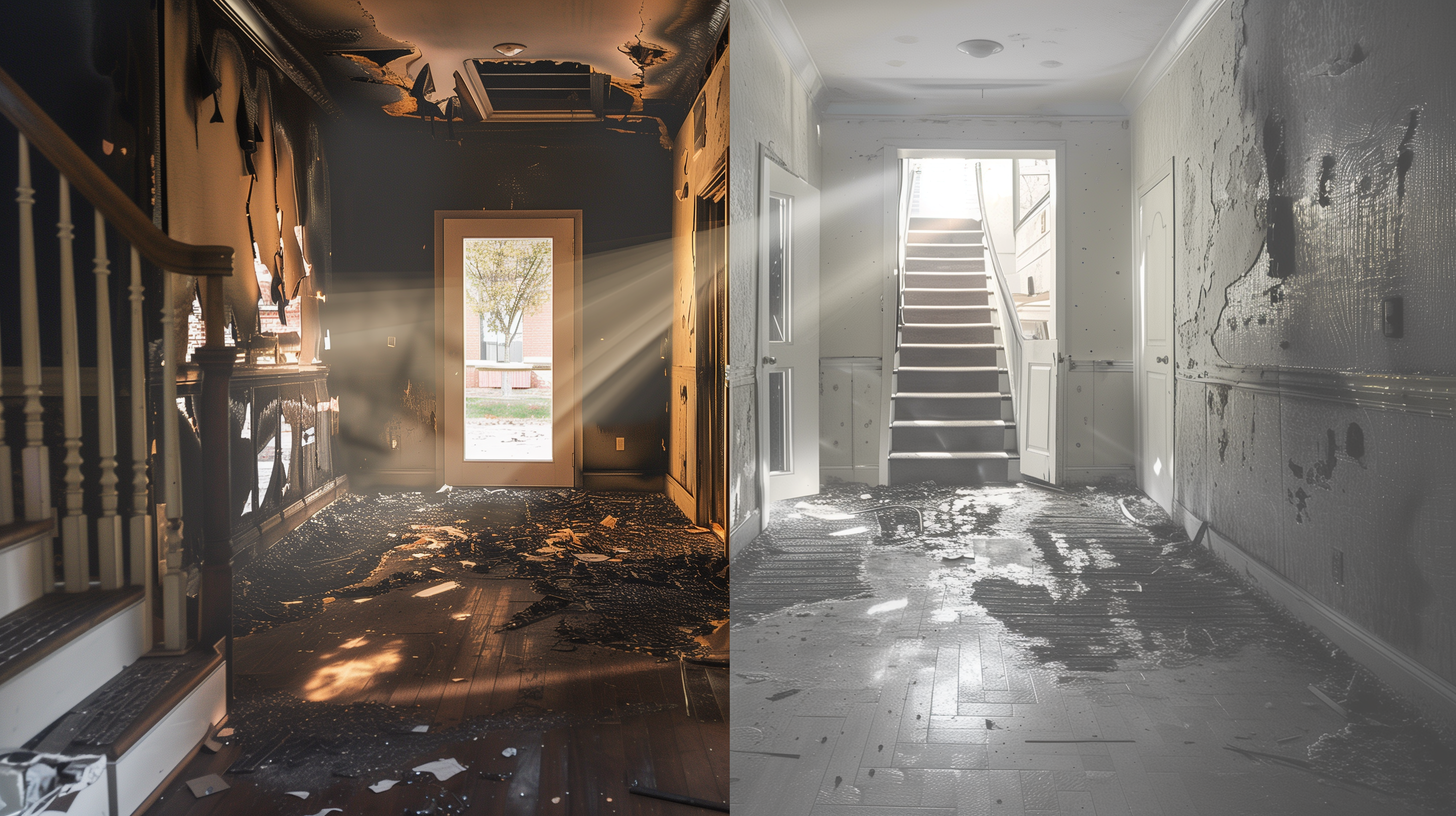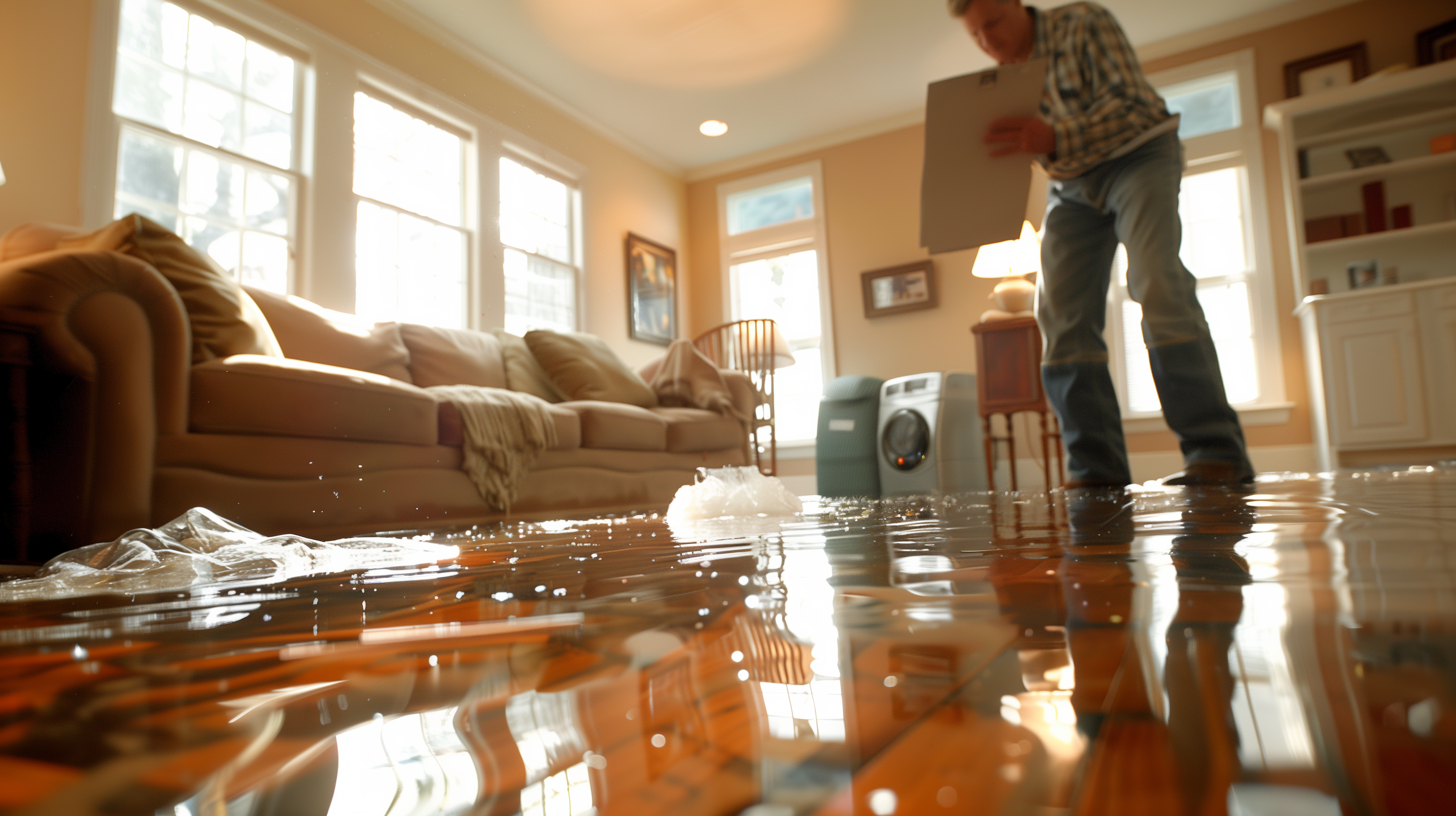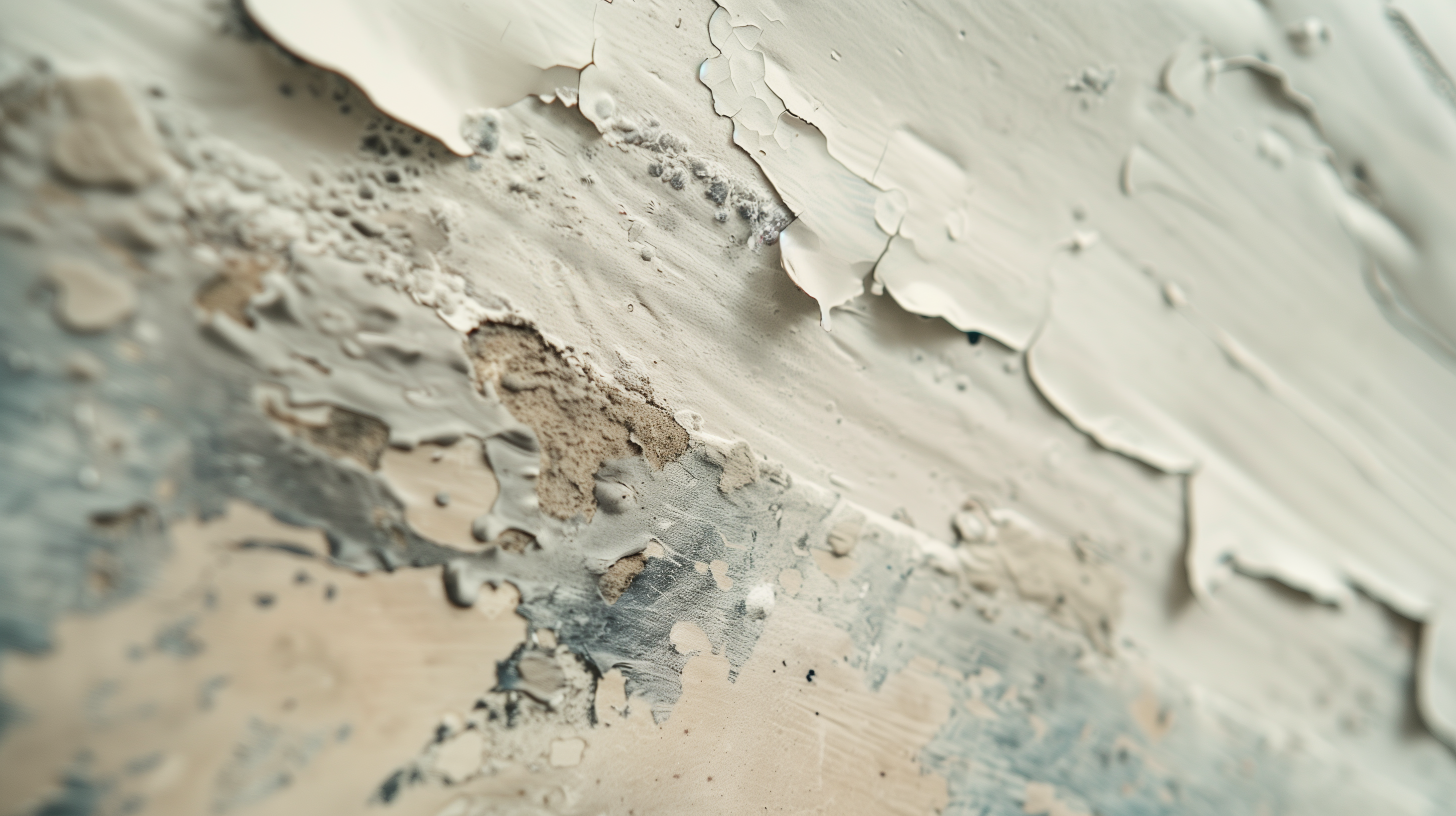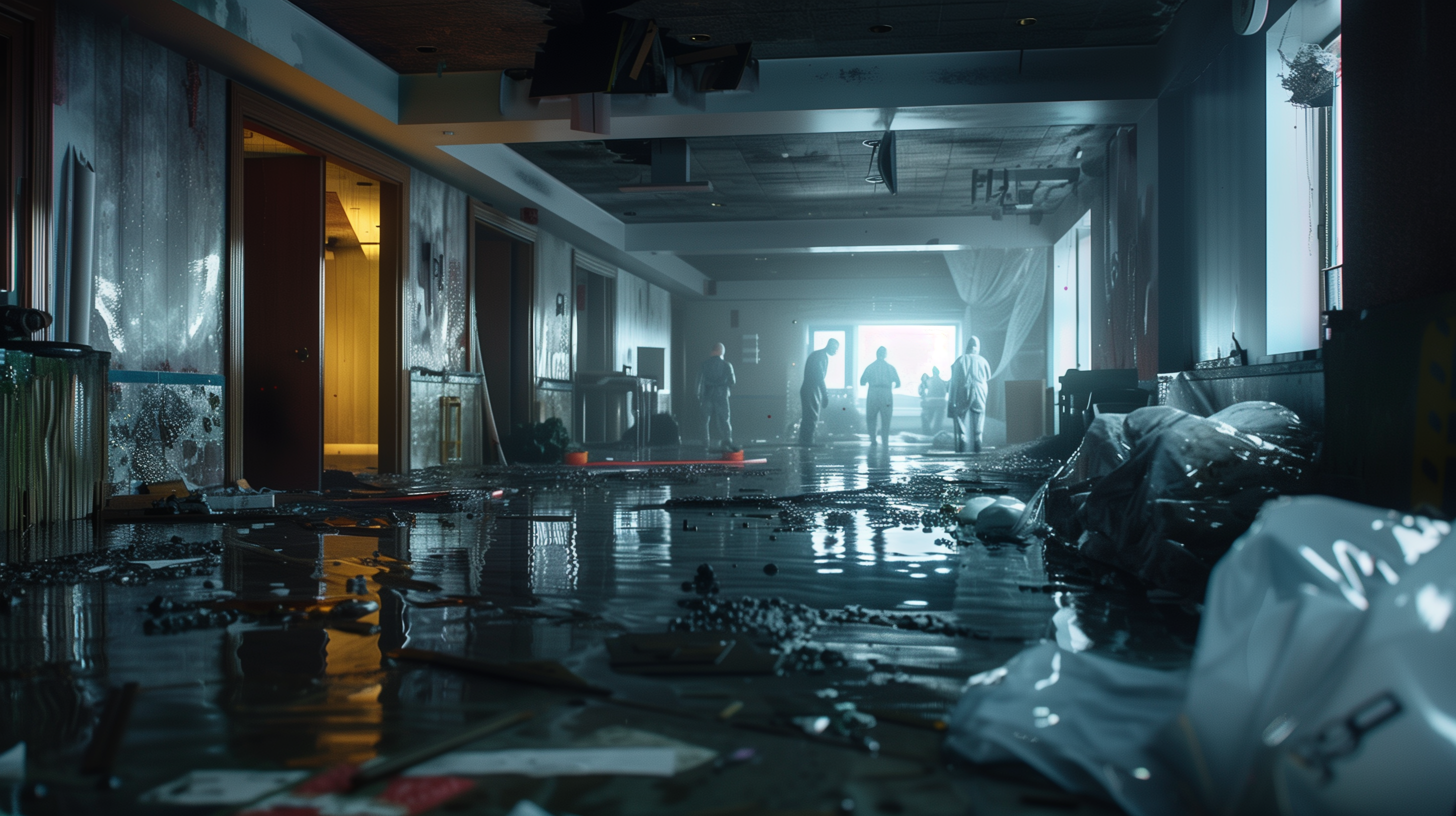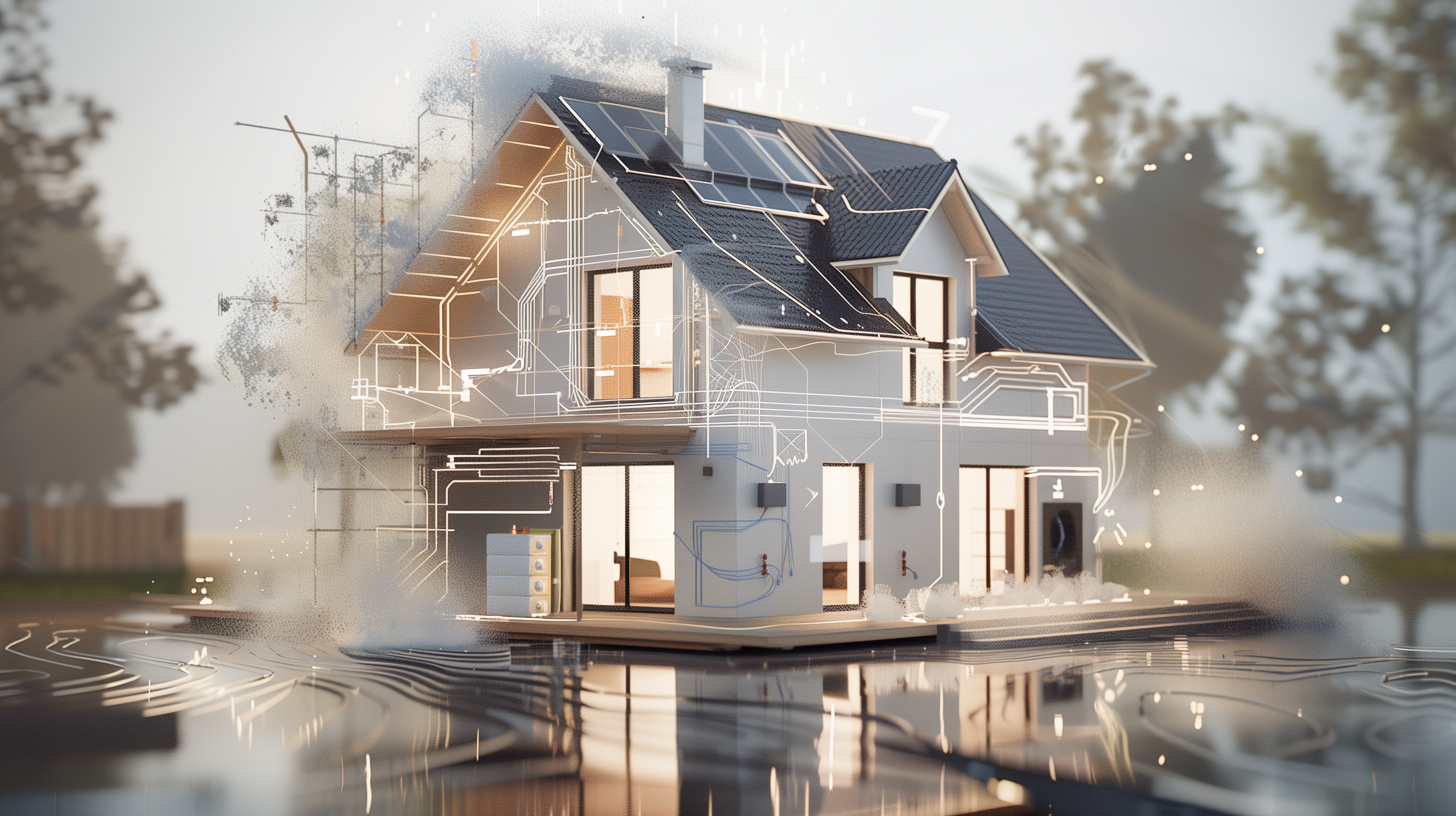Comprehensive Guide to Water, Mold, and Fire Restoration: Protecting Your Home from Disaster
Disasters like water damage, mold infestations, and fire incidents can strike unexpectedly, leaving homeowners overwhelmed by the damage and the restoration process. Whether it’s flooding from a burst pipe, mold growing after water damage, or the aftermath of a fire, it’s essential to know how to act quickly and efficiently.
In this comprehensive guide, we’ll break down the critical steps for water, mold, and fire restoration, offer expert advice on preventing future damage, and explain how to safeguard your home to ensure long-term safety and resilience.
The Importance of Professional Restoration Services
When disaster strikes, quick action is crucial to prevent further damage to your home. However, DIY approaches often fall short of addressing the full scope of the problem. Professional restoration services not only have the expertise but also the tools and equipment necessary to handle these issues comprehensively.
- Water Restoration: Mitigating water damage involves more than just drying out your home. Water can seep into walls, floors, and ceilings, leading to structural damage and mold growth if not properly handled.
- Mold Remediation: Mold can spread within 24-48 hours after water damage and poses serious health risks. Professional remediation services ensure mold is safely removed and that the affected area is thoroughly cleaned and treated to prevent regrowth.
- Fire Damage Restoration: Fire incidents leave behind more than just burned items—there’s often smoke damage, soot, and weakened structural elements that need to be addressed. Expert fire restoration services handle everything from debris removal to smoke odor neutralization and structural repairs.
Water Damage Restoration: Key Steps to Recovery
Water damage can be caused by various factors, such as burst pipes, flooding, or severe storms. Immediate action is necessary to minimize damage and prevent the development of mold.
1. Inspection and Damage Assessment
The first step in water damage restoration is a thorough inspection of the affected area. Restoration professionals will assess the extent of the damage, identify the source of the water, and develop a plan to restore your home.
2. Water Removal
Specialized pumps and vacuums are used to remove standing water quickly. This step prevents further saturation of materials like drywall, wood, and flooring.
3. Drying and Dehumidification
After water is removed, the drying process begins. Industrial-strength dehumidifiers and air movers are used to dry out any remaining moisture, preventing future mold growth.
4. Cleaning and Sanitizing
All affected items and surfaces are thoroughly cleaned and sanitized. Restoration professionals use antimicrobial treatments to disinfect and prevent mold and bacterial growth.
5. Restoration and Repair
The final step involves restoring the home to its pre-water damage condition. This could include repairing drywall, replacing flooring, or even rebuilding certain sections of the home.
Mold Remediation: Safe and Effective Removal
Mold growth is a common consequence of water damage, and it requires specialized treatment to remove it safely. Mold can cause health issues like respiratory problems, allergies, and asthma, making remediation essential.
1. Mold Inspection and Testing
A thorough mold inspection identifies areas of active mold growth and assesses the extent of contamination. Testing may also be conducted to determine the type of mold present, such as toxic black mold.
2. Containment
To prevent the spread of mold spores to other parts of the house, containment measures like physical barriers and negative air pressure are set up. This ensures that spores don’t travel through the air during the removal process.
3. Mold Removal
Mold remediation experts remove all mold-infested materials, such as drywall, insulation, and carpeting. Non-porous surfaces are cleaned with special antifungal and antimicrobial treatments.
4. Cleaning and Sanitization
Once the mold has been removed, all affected areas are thoroughly cleaned and sanitized. Air filtration systems are used to remove airborne mold spores and ensure the air in your home is clean and safe.
5. Restoration and Prevention
After the mold has been eliminated, restoration work begins, which may involve replacing drywall, flooring, or insulation. Additionally, mold prevention strategies like improving ventilation and repairing leaks are implemented to avoid future issues.
Fire Damage Restoration: Cleaning Up After the Flames
Fire damage restoration involves more than just repairing burned areas. Smoke, soot, and heat can affect many areas of the home, leading to hidden damage that must be addressed.
1. Damage Assessment and Inspection
Professionals conduct a detailed inspection to assess the extent of fire, smoke, and soot damage. This includes checking the structural integrity of the home and evaluating the impact of the fire on walls, floors, and ceilings.
2. Board-Up and Roof Tarping
To prevent further damage from weather, pests, or vandals, fire restoration services often include boarding up compromised windows, doors, and walls, as well as placing tarps over damaged roofs.
3. Water and Smoke Removal
If water was used to extinguish the fire, water removal is the first step, followed by drying the area. Smoke and soot are removed using specialized equipment like air scrubbers and deodorization techniques to eliminate any lingering odors.
4. Cleaning and Sanitization
Restoration professionals clean and sanitize all salvageable belongings and affected surfaces. Items damaged by smoke and soot are cleaned using industry-specific methods, while unsalvageable items are removed and disposed of.
5. Reconstruction and Repair
Fire damage often requires rebuilding sections of the home. Restoration services include repairing or replacing structural elements like drywall, flooring, and electrical systems to restore the home to its original condition.
Preventing Future Water, Mold, and Fire Damage
While it’s impossible to predict disasters, there are steps homeowners can take to minimize the risk of water, mold, and fire damage:
- Waterproofing: Seal cracks in your foundation, install a sump pump, and ensure gutters and downspouts direct water away from your home to prevent water damage.
- Regular Inspections: Conduct routine inspections of plumbing, electrical systems, and appliances to detect leaks or faults early.
- Fire Safety: Install smoke detectors on every floor, keep fire extinguishers in key areas, and avoid overloading electrical outlets. Have a fire escape plan in place for your family.
- Mold Prevention: Use dehumidifiers in areas prone to moisture, such as basements and bathrooms. Repair any leaks immediately to prevent mold growth.
Why Professional Restoration is Essential
When your home suffers water, mold, or fire damage, professional restoration is crucial to ensure the job is done safely and effectively. Attempting to address these issues on your own can lead to incomplete repairs, further damage, or health risks due to mold and smoke inhalation.
Hiring a licensed restoration company ensures that:
- All damage is fully assessed and repaired.
- Mold and fire residue are safely removed.
- Your home is restored to pre-damage conditions, meeting local building codes and safety regulations.
Conclusion
Water, mold, and fire restoration require expert care and timely action to prevent long-term damage and health risks. Whether you’re dealing with water damage, mold growth, or fire aftermath, professional restoration services ensure your home is fully restored and protected from future disasters.
For expert restoration services, contact Allied Emergency Services, INC. We specialize in water damage repair, mold remediation, and fire restoration, ensuring your home is safe, secure, and code-compliant.
Contact Information:
Phone: 1-800-792-0212
Email: Info@AlliedEmergencyServices.com
Location: Serving Illinois, Wisconsin, and Indiana with a focus on the greater Chicago area.
Disclaimer: This article is intended for informational purposes only. For professional advice, consult experts in the field.






